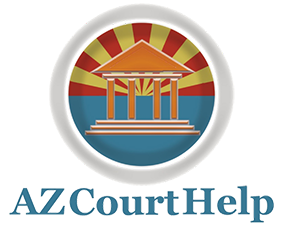My jury summons asks if I have been convicted of a felony and if my civil rights have been restored. How do I find out if I was convicted, if it was a misdemeanor or a felony, and how do I know if my civil rights have been restored?
You may check with the records department of the court where you were sentenced to see what the conviction was on the sentencing minute entry or order. Persons are “convicted” when sentenced to a felony or if the charge is left “undesignated.” If the conviction was a first-time felony, and all terms of the sentence are completed (monies paid, probation, etc.) then civil rights and the right to sit on a jury are automatically restored. If the conviction was a second-time felony (or more), you must apply to have civil rights restored. If the sentencing minute entry or order reflects “undesignated felony” (still a felony conviction), the judge has the option to designate the offense a misdemeanor after the party has completed all aspects of the sentence. If the judge chooses to do this, the judge will mark “misdemeanor” on the bottom of the discharge. If the judge chooses not to designate the felony a misdemeanor, you may ask the sentencing judge to do this. The discharge can also be found at the records department of the court where the person was sentenced.
